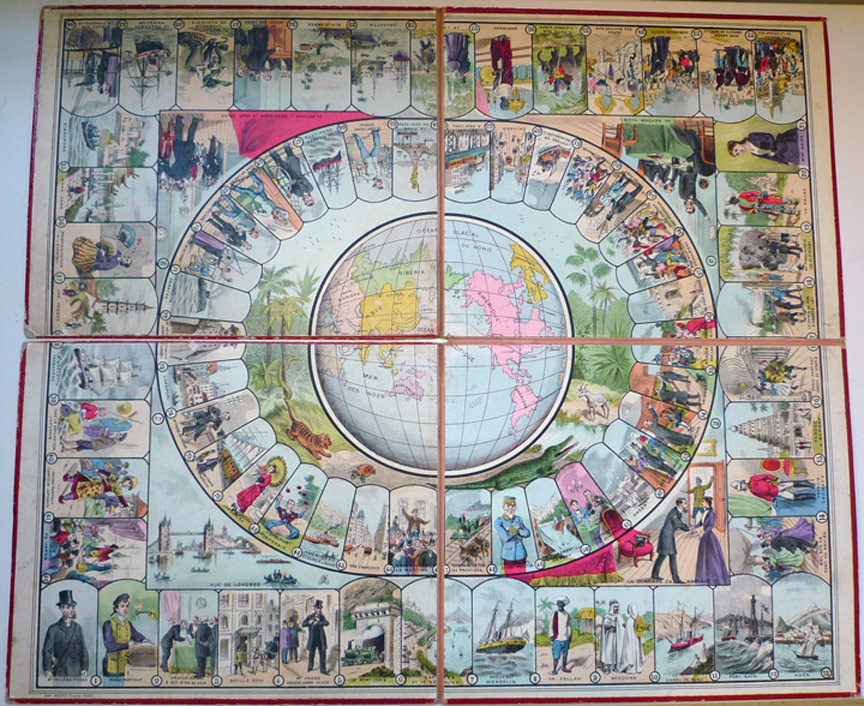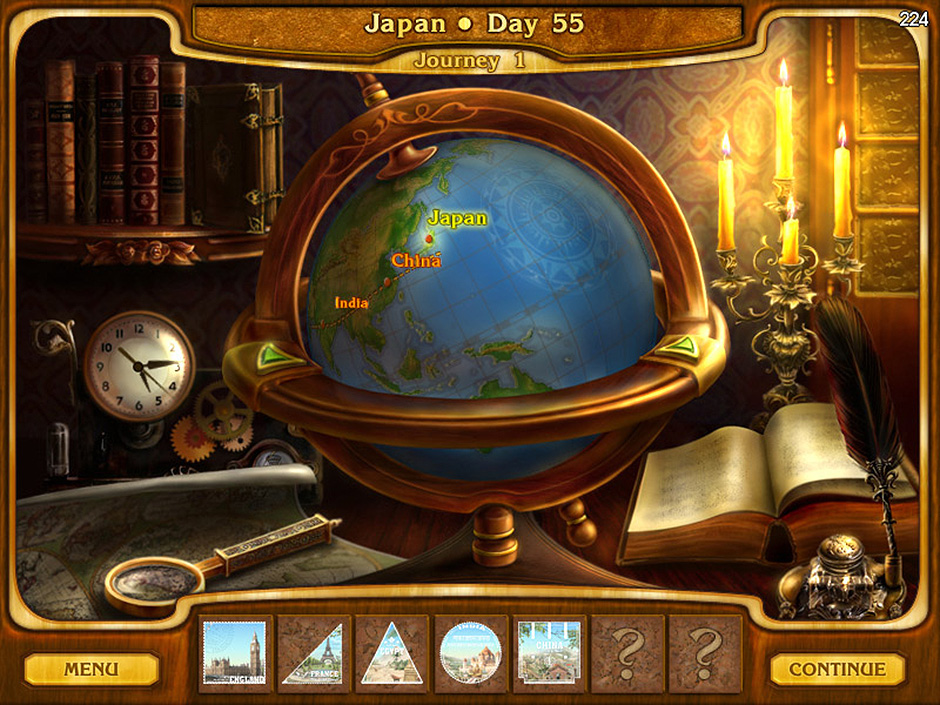In 80 Days, players are invited into a captivating tapestry of narratives that unfold based on their choices regarding routes, explorations, and interactions. The game’s unique structure emphasizes geography as a core mechanic, allowing players to shape their adventure through the selection of travel paths and the cities they choose to visit.
Route-Based Branching
One of the most compelling aspects of 80 Days is its route-based branching system. Depending on whether you decide to travel south to the Sahara or east to the Mediterranean, your adventure will be drastically different. Each choice not only affects the scenic views and cultural experiences but also the challenges you face. For instance, navigating the arid conditions of the desert presents unique hurdles, while maritime travel introduces new dynamics and encounters that enrich the storytelling.
Encounters and Subplots
The cities you stop in trigger specific story arcs, often intertwining with previous locations. As you move from one city to the next, you may find narratives requiring resolutions that lead you on journeys across several disparate places. This interconnectedness is crucial as it creates a web of storylines where some encounters might be brief yet impactful, contributing to a deeper understanding of the game world and its diverse cultures.
Interactive Dilemmas
Throughout your journey, you are constantly faced with interactive dilemmas that test not just your decision-making skills but also influence your resources and relationships. These choices can have far-reaching consequences—from acquiring vital resources to potentially facing disasters that derail your journey. This layer of strategy ensures that every decision counts, heightening the stakes and adding an element of tension to your adventure.
Exploration and Discovery
Exploring cities is not just about narrative engagement; it can also unlock new routes and shortcuts. Players who take the time to delve into the world will uncover hidden paths that can alter the course of their adventure significantly. This exploratory aspect encourages a thorough engagement with the game, rewarding curious players who wish to experience the full depth of the story.
Alternate History Setting
Finally, the alternate history setting of 80 Days provides a rich canvas for storytelling, allowing for an imaginative exploration of the world in 1872. The technological innovations and cultural exchanges depicted in the game offer a diverse array of narrative possibilities that would not be possible in a more rigidly historical context. This creative reimagining enhances the variety and richness of the plots available to players, granting them the freedom to influence events in ways that reflect their individual choices.
Conclusion
Overall, 80 Days excels at combining a choose-your-own-adventure style with a globe-spanning map, ensuring that every decision players make significantly impacts their experience. Each journey is not only unique but also highly replayable, inviting players to explore new narratives, confront different dilemmas, and immerse themselves in the intricacies of a richly built world.




Leave a Reply